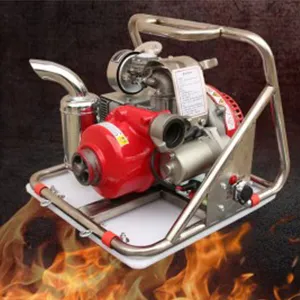

Choosing the correct fire hydrant pump entails understanding specific requirements and risks associated with the property in question. A professional assessment considers factors including the site’s water supply source, potential pressure loss along pipelines, building height, and fire risk profile. Trustworthy suppliers and installers often provide valuable guidance, drawing from years of experience to recommend the most suitable systems tailored to individual needs. Energy efficiency has emerged as a crucial consideration in modern fire hydrant pump installations. Experts advocate for systems that optimize energy consumption without compromising performance. Variable Frequency Drives (VFDs), for instance, have revolutionized pump technology by modulating the motor speed, thus optimizing energy use and reducing operational costs over time. Engaging with suppliers who prioritize eco-friendly practices enhances the sustainability of fire safety systems. Trustworthiness in fire hydrant pumps is further reinforced by thorough documentation practices. Complete records of installation, maintenance schedules, and testing logs are essential. This attention to detail not only assists in ongoing operational effectiveness but is also indispensable during code audits or incident investigations. Clients and inspectors alike rely on such comprehensive documentation to verify a system's reliability. The evolution of technology continues to shape the landscape of fire hydrant pumps. The integration of IoT-based monitoring systems offers unprecedented oversight, allowing real-time tracking of pump performance and immediate alerts in case of anomalies. Such innovations empower facility managers to address potential issues proactively, ensuring uninterrupted readiness of fire protection systems. In conclusion, fire hydrant pumps are integral to any robust fire safety infrastructure. Their importance is underscored by a confluence of expertise, authoritative guidelines, and trustworthy practices. From installation to ongoing maintenance, ensuring these systems are highly efficient remains key to protecting lives and assets. As technology advances, embracing smart, energy-efficient solutions will further empower property owners to uphold their commitment to fire safety with unwavering confidence.





























